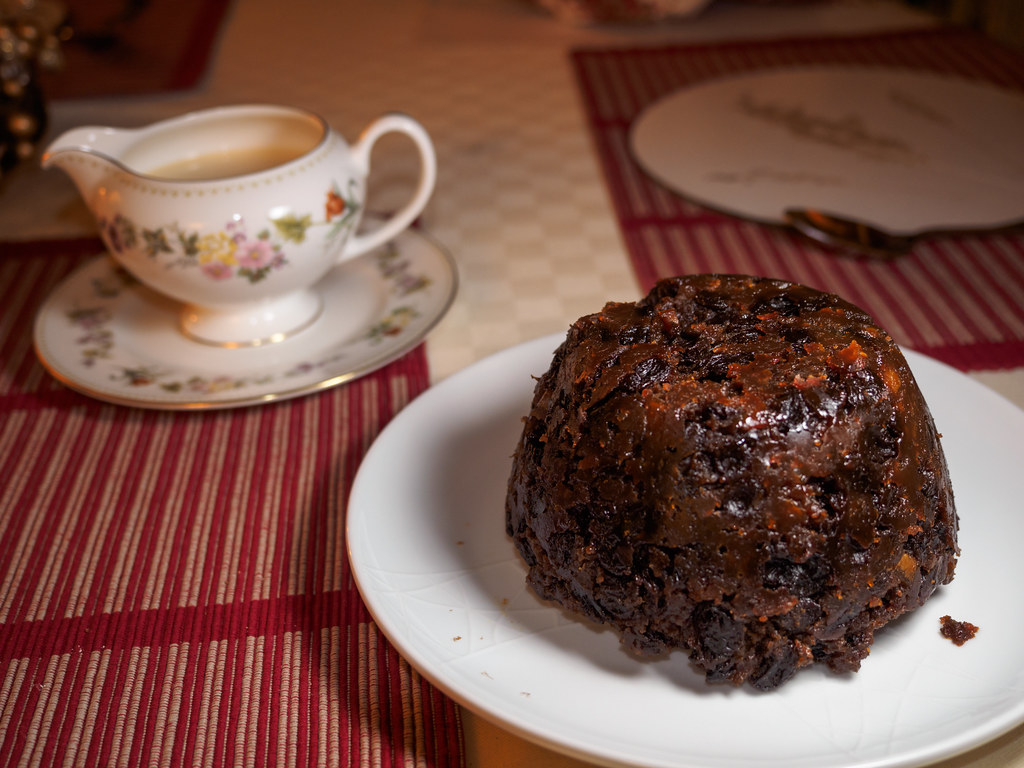By C. Aileen Blaine
From roasted pig to sweet pastries, several Youngstown State University students and faculty relay interesting holiday traditions typically celebrated in their home countries.
From countries including Ecuador, Italy, Great Britain and Puerto Rico, the university hosts a diverse student and faculty population, with each member celebrating unique holiday traditions.
Paulina Montaldo, adjunct professor of Spanish, is from Chile but grew up in Quito, Ecuador.
“One of the traditions I miss the most is the fun of celebrating New Year’s Eve with what we call the ‘Old Year,’” Montaldo said. A papier-mache doll dressed in old clothes is burned in the street at midnight. Groups of friends dress in costumes and ask passersby for change to “pay for the [doll’s] funeral and support the widow.”
“But in reality, the few coins you get that night go to pay for the New Year’s party,” Montaldo said.
For the Christmas and New Year’s meals, many eat turkey, she said, while others prepare the more traditional hornado, a roasted pig. For dessert, fried pastries called pristinos are served with honey.
Due to Ecuador’s location in the southern hemisphere, holidays such as Christmas and New Year’s Day occur in summer. Many people celebrate by dancing in the streets and watching fireworks.
Emily Dawes, senior history major, comes from Great Britain.
Her family’s tradition consists of a Christmas Eve meal at a restaurant, followed by gift wrapping. Christmas Day is celebrated with gift exchanges and a lunch meal shared with family.
Some dishes traditionally served during the Christmas season include brandy butter, mulled wine, cheese and cauliflower, and roasted parsnips, Dawes said. Pigs-in-a-blanket, Christmas cake and Christmas pudding are also shared.
Of the differences between holiday celebrations in the United States and Great Britain, Dawes said many pertain to food. For example, Christmas cookies aren’t eaten in her home country.
“Americans here tend to not have as many side dishes as English Christmases seem to,” Dawes said. “[But] England and America are pretty similar in how they celebrate Christmas, it’s just that England has extra steps to how one celebrates.”
Judin Balella is a marketing junior from Italy. He said his family’s holiday celebrations share similarities with those in the U.S.
For the winter holidays, lights and decorations adorn many town centers in Italy. Christmas Eve and Christmas Day are spent eating, visiting family, exchanging gifts and playing games like bingo, Balella said. Italians often go to church on these days.
At midnight on New Year’s Eve, many in Italy eat 12 grapes for good luck, and they share a meal of boiled pig leg served with lentils.
La Befana occurs the night of Jan. 5, when a “witch” delivers candy to well-behaved children and “coal” candy to misbehaved children. This is when the Christmas tree is to be taken down.
One of the differences between Italian and American Christmas traditions regards gifts, Balella said. Italians typically give only one gift to each recipient, whereas many Americans receive multiple gifts from each giver.
Yesarily Sanchez Rivera is a criminal justice major from Puerto Rico. As a child living in Puerto Rico, one of her favorite holiday celebrations was Three Kings Day held Jan. 6.
“It is basically our second Christmas. We put grass in a box or shoe box for the ‘camels’ to eat when the three kinds come to drop us our gifts,” Rivera said.
Now living in Youngstown, her family celebrates the New Year by preparing a large dinner, playing music and watching fireworks.
Common dishes eaten during the holidays include arroz con gandules, which is rice with pigeon peas, and ensalada de papa, which is potato salad. Coquito, or “little coconut,” is a thick drink made from coconut milk, cinnamon and rum, and it originated in Puerto Rico as a traditional Christmas beverage.
“Puerto Ricans are very caring and enjoy family time,” Rivera said. “Everyone celebrates in their own way, which just shows how much we enjoy special holidays.”
